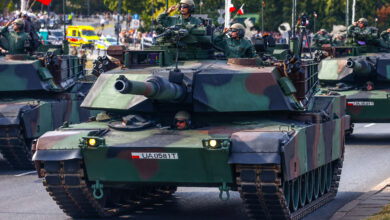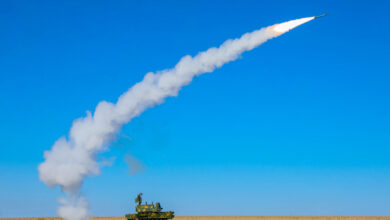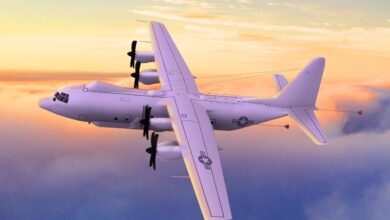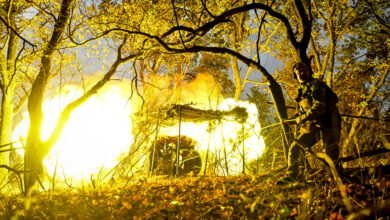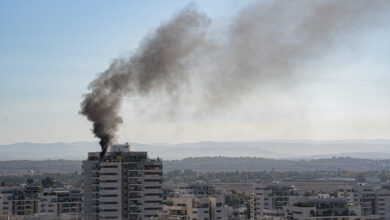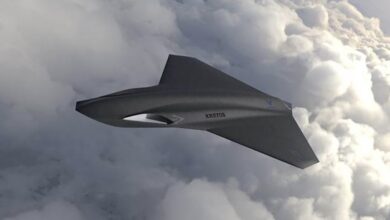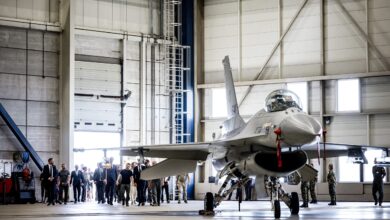The US Air Force’s F-15EX Eagle II fighter fired its first missile last month at an aerial target over the Gulf of Mexico.
The Boeing aircraft detected a BQM-167 aerial target drone through onboard sensors and fired an AIM-120D air-to-air missile to intercept it, the USAF revealed.
More than six months went into preparation for the launch, which came more than three months after the aircraft was first operationally tested from October 18-25.
Testing
Operational testing of the aircraft was preceded by developmental and ground testing, including “survivability testing in various electromagnetic environments” and identifying “issues” in the aircraft’s Suite 9 software system. The trials have resulted in a “mature and stable product,” the air force said.
The launch “was an end-to-end verification of the entire weapons system, which will pave the way for more complex missile shots in the future,” F-15EX test project manager Colton Myers revealed.

F-15C Replacement
The air force has inducted two EXs out of a planned 12 as part of the Eagle II program.
The program seeks to replace its fleet of older F-15Cs with 144 of the newer variants.
The air force currently has over 450 F-15s, the first of which was inducted in 1988 and the most recent in 2001. The first EX is expected to attain initial operational capability by 2024, and the fleet is expected to serve through 2050.
Advantages
The latest variant has several advantages over previous versions, such as a digital flight control system making it a “computer-controlled aircraft” compared to the hydro-mechanical C model.
Additionally, the EX’s Eagle Passive Active Warning Survivability System gives its crew “situational awareness and countermeasures capabilities against radio frequency,” replacing “three of the F-15 legacy Tactical Electronic Warfare System components: the AN/ALR-56C Radar Warning Receiver, AN/ALQ-135 Internal Countermeasures Set, and AN/ALE-45 Countermeasures Dispenser Set.”
F-15EX experimental and operational test pilot Maj. Kevin Hand said, “EPAWSS is going to give us the ability to go into these more advanced threats or aerial denial kind of situations where we can now self-protect and self-jam our way through.”



